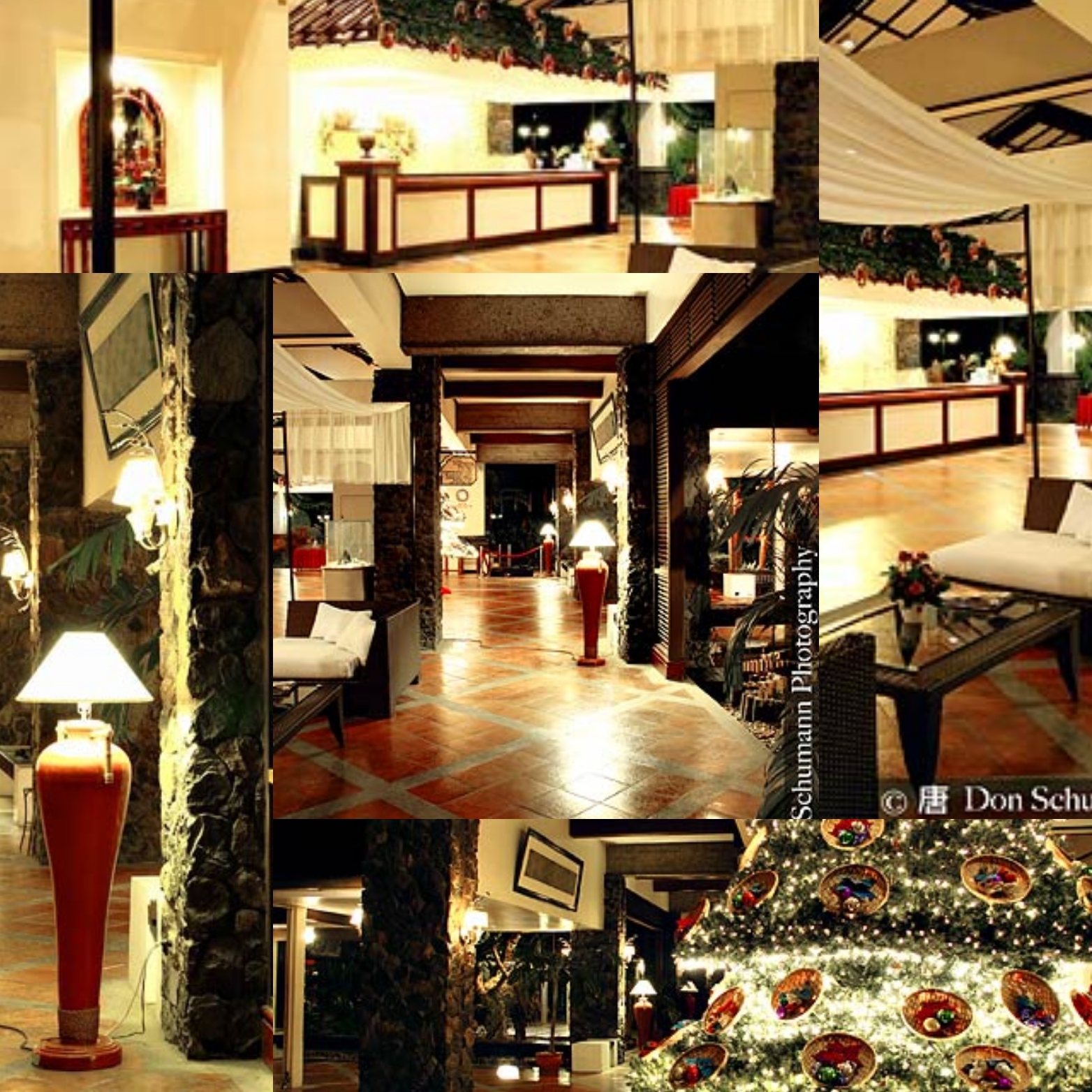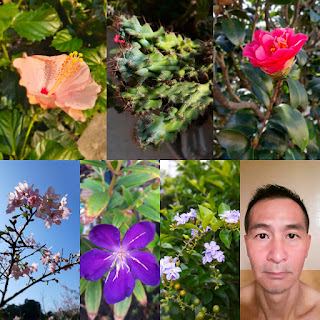European Remains in Tamsui

All images taken are cell phone pictures in this post, on 3/24/2012
The early settlement of Tamsui (previously called Hobe, Hoba or Huwei) on Formosa island (olden name of Taiwan) were aborigines, Austronesian, also called Malayo-Polynesian
It turned into an important gate to the European civilization and was taken controlled by Spanish since 1628. The Dutch followed behind in 1642. Then Chinese immigrants flocked in after Taiwan became part of the Ch'ing dynasty in 1684. The importance of Tamsui harbor declined in early 1990's, the period in which Japan ruled over Taiwan (1895~1945)


ZhenLi Street, its name means "alethic" in Chinese, or alētheia in Greek, a sloping-streeted tangle of momentous, brick buildings

The former British Consulate, completed in 1891. Not only the constituent materials of this construction were from different areas. It is equally a fusion style of an interior details idea from British Victorian Era and a common practice idea from Chinese (mostly South Fujian, or spelled Fukien) architecture.










Fort San Domingo, the initial garrison was built by Spanish. The Dutch went north charging and storming before long, in 1642. Then built another fort nearby, in truth be told, called "Fort Antonio". The locals nicknamed the fort 紅毛城 (Red Hair Fort) because of Dutch's red-haired appearance. By the time, Koxinga (Cheng Gong Zhen, Ming dynasty) defeated Dutch for his own bootleg ambition as opposed to Taiwan general public's understanding of painting Koxinga as a war hero of reclaiming Formosa olden name of Taiwan) in Southern Taiwan in 1661, the fort itself along with batteries were left behind already all knocked down by the Dutch.
The remaining site consequently stood unheeded for a long stretch until the restoration had taken place by local governor in 1724, Ch'ing dynasty. Stonewall and four gates were appended to surround this infrastructure during the renovation. At present, only the South Gate survived.
The British leased and restored the Fort, on a grand scale, as the office and residence for the British Consulate in 1863 It then had been taken up by the Australia, United States United Kingdom's withdrawal of legal rights after 1972. Taiwan finally wrested control of Fort San Domingo's sovereignty back in 1980.


Oxford College, built around 1882. A Presbyterian missionary named George Leslie Mackay raised money from his hometown in Oxford County, Canada, to help erect this school. It was named after this particular Canadian county for this reason.




Tamsui Customs Officer's Residence, built on the one of the five volcanic hills within Tamsui region in 1866. The local Foreign Customs was established on June 22 of 1862, for tax collection and customs affairs by Chinese, Ch'ing dynasty. The new deputy of Customs was, an Englishman, inaugurated next year. An American was the successor to this position. All three clusters of structures were demolished during the Sino-French war and WWII. Until it was rebuilt to subsidize the "Club 50" as a functional center by the then Chief of Japan Customs in 1900. It is the only withstanding foreign officer residence built in the area of Tamsui after 1869. "Little White House" is its nickname and no one around seems to know its formal name today.

You might enjoy the following posts,
Phaseout (pending)
YinShan Temple
Red Castle and Fort San Domingo
European Remains in Tamsui










Hello! Nice pictures~ I love them.
ReplyDelete